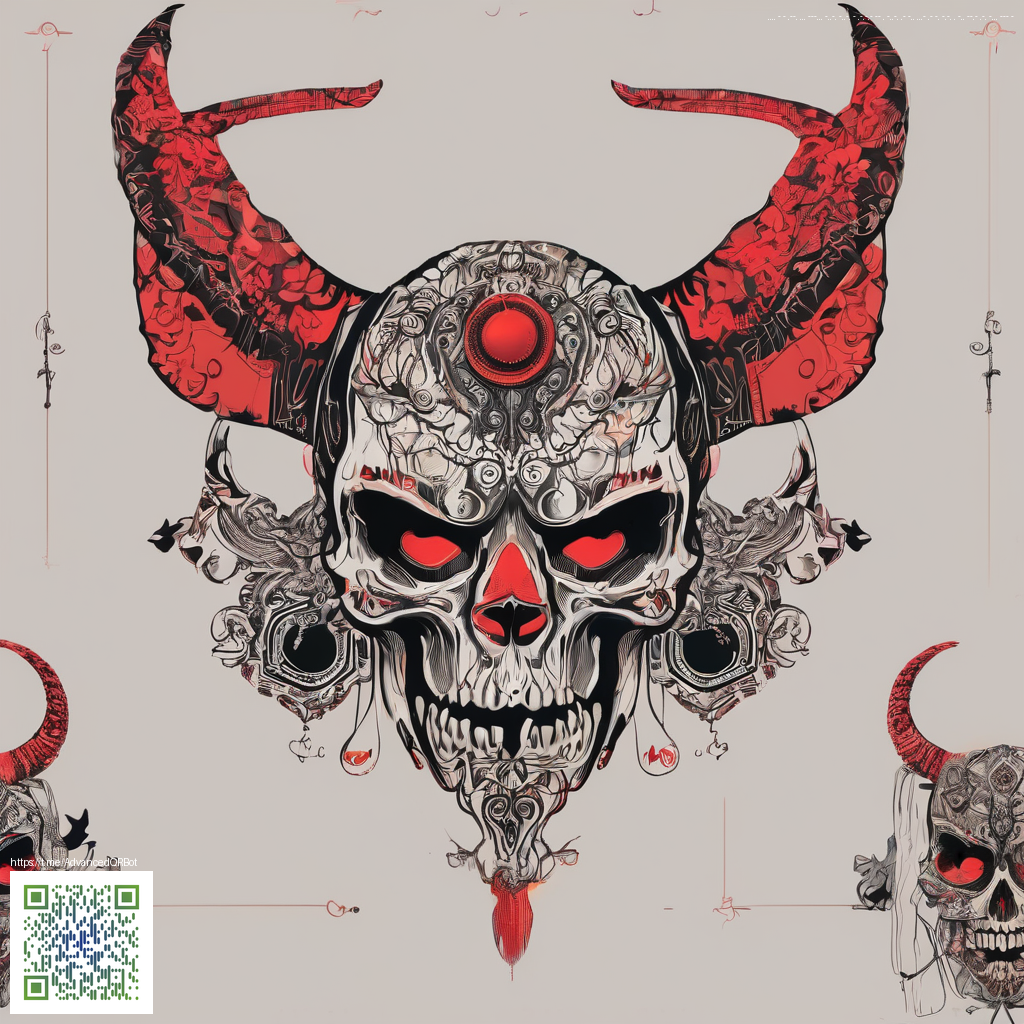
Cultural Influences on Paper Texture Design: A Deep Dive
Paper texture design is more than aesthetics. It’s a dialogue between hands, history, and place. Every grain, deckle, and fiber choice tells a story about a culture’s relationship with material, craft, and communication. When you tilt a sheet under light or feel its surface in your palm, you’re experiencing a layer of cultural memory translated into touch.
From the fiber choices of traditional papermaking to modern interpretations in global studios, texture acts as a quiet translator. It conveys values such as patience, ritual, and communal labor. Cultural influences arrive not only through visible motifs but through the sensorial vocabulary of weight, glare, edge, and finish. A designer who understands this cadence can craft textures that resonate across borders without sacrificing authenticity.
Tracing Traditions: Motifs and Methods
In East Asia, traditional papermaking emphasizes translucency and resilience. Washed fibers from mulberry bark yield surfaces that catch light with soft, forgiving shimmer. In contrast, paper from parts of the Middle East and Africa often foreground bold, tactile marks—engraved lines, embossing, and pronounced deckle edges—that evoke loom work and textile patterns. Observing these differences helps us appreciate texture as a language: a sheet can whisper about lineage and landscape before a single word is spoken.
Indigenous and regional practices contribute further texture-rich stories. Kilim-inspired marking, for instance, can appear as subtle grain patterns or edge finishes that nod to weaving traditions. The materials themselves—abaca, cotton, hemp, or plant-derived pulps—signal trade routes, climate conditions, and community craft. When texture carries these signals, products become portable cultural artifacts rather than purely functional items.
Materials as Culture: From Fiber to Finish
Texture is born at the intersection of fiber and finish. A sheet made from abaca fibers often exudes a warm, sturdy presence suited for archival applications, while rice paper or cotton pulp can yield a softer, more intimate surface. The finish—watermarking, deckle edges, or subtle embossing—adds another layer of meaning. It can evoke ceremonial parchment, faded manuscripts, or contemporary packaging design. Each choice communicates something about a culture’s relationship to value, documentation, and beauty.
Texture is memory you can touch; culture gives texture its stories.
In today’s design landscape, cross-cultural dialogue is increasingly the norm. The best textures honor origins while embracing contemporary use cases—print, digital displays, and tactile interactions with everyday objects. The aim is not imitation but thoughtful interpretation, with attention to consent, attribution, and sustainable sourcing. When done well, texture becomes an honest conversation between past and present.
Contemporary Hybrids: Cross-Cultural Dialogues
Studio practitioners increasingly blend traditional techniques with modern processing. Deckle edges meet laser-engraved motifs; hand-pressed textures sit alongside digital patterns. This synthesis reflects a connected world where design is both global and local. The result is a surface that feels alive—carrying echoes of distant crafts while performing tasks in a fast-paced, screen-driven environment.
- Texture as storytelling, not decoration.
- Attribution and respectful adaptation of cultural motifs.
- Ethical material choices that preserve regional craft ecosystems.
For a tangible example of cultural storytelling through texture, a practical object such as the Custom Rectangular Mouse Pad 9.3x7.8 in Non-Slip demonstrates how form and feel can carry craft traditions into modern workspaces. Its tactile surface embodies how texture can enrich daily routines with cultural resonance.
Further reading on how these ideas travel and transform across disciplines can be found on the page linked here: Cultural influences on design discourse.
Practical Takeaways for Designers and Makers
- Start with research: examine regional papers, fibers, and finishing techniques to identify what a texture communicates about place.
- Prototype with ethical sourcing: choose fibers that respect local communities and ecosystems.
- Iterate with context: test textures in real-world lighting and usage scenarios to ensure cultural signals read clearly.
Textures aren’t just about appearance; they shape experience. By prioritizing texture in a culturally informed way, designers invite users to engage with memory, place, and intention through touch as much as through sight.